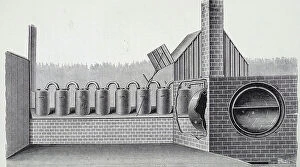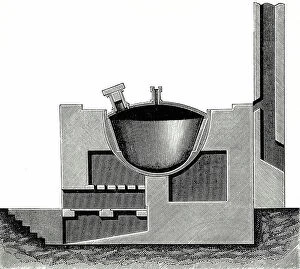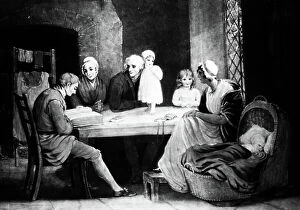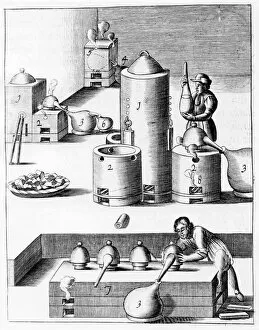Nitric Acid Collection
Discover the intriguing history of nitric acid, a versatile and essential compound in various industries
For sale as Licensed Images
Choose your image, Select your licence and Download the media
Discover the intriguing history of nitric acid, a versatile and essential compound in various industries. From its early crystallization in engraved works of the 18th century, to the groundbreaking distillation methods of 1683 using an Athanor furnace, nitric acid's story is a fascinating blend of science and art. The iconic image of an iron man with two noses, representing the distillation process in 1689, is just one of its many intriguing representations. Fast forward to the 19th century, where nitric acid was a crucial component in the production of explosives, as seen in the Nobel Explosives Company Limited. Delve deeper into its molecular structure, a complex dance of nitrogen and oxygen atoms, and uncover the hidden world of invisible writing that uses nitric acid as a key ingredient. Join us on this captivating journey through time, as we explore the many facets of nitric acid, from its historical significance to its modern-day applications.










